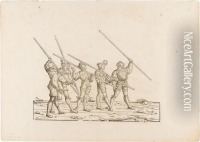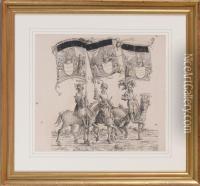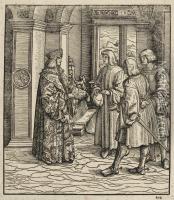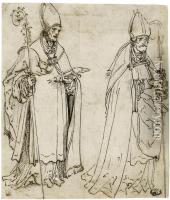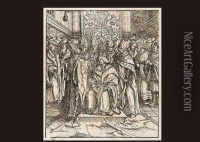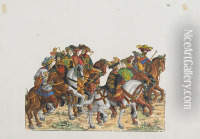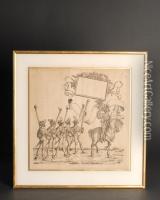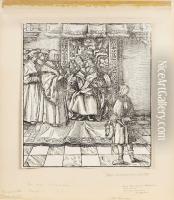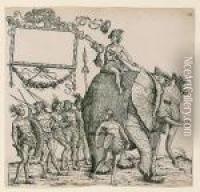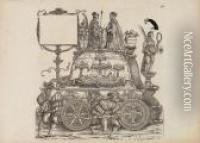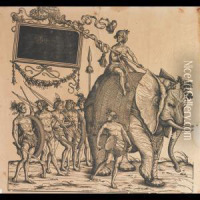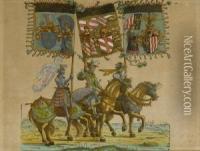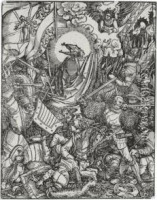Hans I Burgkmair Paintings
Hans Burgkmair the Elder was a German painter and woodcut printmaker. Born in Augsburg, Germany, in 1473, he was part of the Holy Roman Empire during a period of significant artistic and cultural development that would later be known as the Renaissance. His father, Thomas Burgkmair, was also a painter, which provided Hans with an artistic upbringing.
Hans Burgkmair began his artistic training with his father and later continued his apprenticeship under Martin Schongauer in Colmar. His work was also influenced by Albrecht Dürer, with whom he was contemporaries and possibly collaborated on certain projects. In 1498, Burgkmair traveled to Italy, which was a common practice for artists of his time seeking to expand their knowledge and skills. This journey was pivotal in his development, exposing him to the works of Italian masters, which would have a lasting impact on his style and technique.
Burgkmair's skills spanned painting, drawing, and particularly woodcut printmaking. He is credited with being one of the first to use chiaroscuro (the use of strong contrasts between light and dark) in woodcuts, a technique that was revolutionary for the time and enhanced the sense of three-dimensionality in print images. His prints covered various subjects, including religious scenes, portraits, and historical events.
One of Burgkmair's most significant contributions was his role in the development of the printing of illustrated books. He produced a large number of woodcuts for book illustrations, which helped spread the Renaissance ideas and aesthetics beyond Italy to the rest of Europe. His most famous work in this area was the woodcut prints for the 'Triumphs of Maximilian,' which are considered one of the masterpieces of German Renaissance art. These prints were commissioned by Holy Roman Emperor Maximilian I, and they depict the Emperor's fictitious triumphal procession, a grand and detailed series that was highly celebrated.
Hans Burgkmair the Elder was also a prominent figure in the Augsburg's painters' guild, influencing the local artistic community. He married Anna Aller, the daughter of a local painter, with whom he had several children. His son, Hans Burgkmair the Younger, also became an artist, although he did not achieve the same level of fame as his father.
Burgkmair continued to work and contribute to the artistic life of Augsburg until his death in 1531. His works remain an essential part of the study of the German Renaissance and the history of woodcut printmaking. He is remembered for his innovative techniques, his contribution to the proliferation of Renaissance aesthetics, and his influence on the generations of artists that followed.

